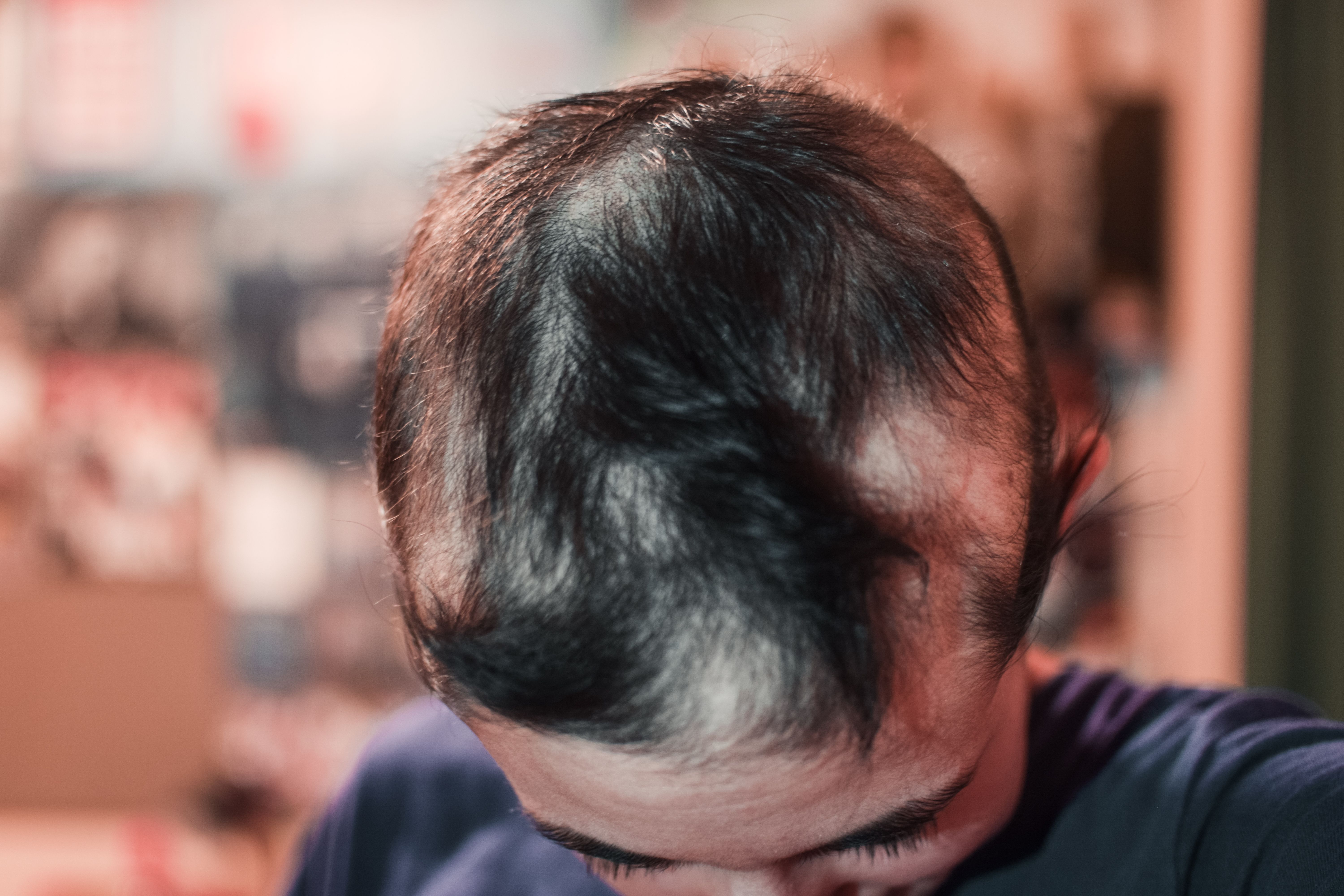- Acne
- Actinic Keratosis
- Aesthetics
- Alopecia
- Atopic Dermatitis
- Buy-and-Bill
- COVID-19
- Case-Based Roundtable
- Chronic Hand Eczema
- Chronic Spontaneous Urticaria
- Drug Watch
- Eczema
- General Dermatology
- Hidradenitis Suppurativa
- Melasma
- NP and PA
- Pediatric Dermatology
- Pigmentary Disorders
- Practice Management
- Precision Medicine and Biologics
- Prurigo Nodularis
- Psoriasis
- Psoriatic Arthritis
- Rare Disease
- Rosacea
- Skin Cancer
- Vitiligo
- Wound Care
News
Article
Sex, Age, and Gender Differences Play Role in Alopecia Comorbidities
Author(s):
The most common comorbidities identified included anxiety, dermatitis, hyperthyroidism, hyperlipidemia, and vitamin D deficiency.
Differences in age, gender, and sex may play a role in the development of common comorbidities associated with alopecia areata, including anxiety, dermatitis, hyperthyroidism, hyperlipidemia, and vitamin D deficiency.
AliciaFdez/AdobeStock

According to a study1 published by Health Science Reports, researchers sought to clarify associations between age, sex, and comorbidities in patients with alopecia. They noted that comorbidities often complicate or affect treatment plans and that genetic differences have been known to play a role in the prevalence of comorbidities in various patient populations.
In order to clarify and examine these associations, researchers conducted a cross-sectional, hospital-based study between April 2018 and September 2021. A total of 402 patients were referred to enroll in the study by an alopecia clinic.
Researchers reviewed patients’ clinical and demographic data, including age, sex, time of disorder onset, and lesion locations. During this evaluation, researchers examined patients’ history of medical comorbidities.
In total, 192 female and 210 male patients were included in the study. The average patient age was 27.2 ± 13.4 years old, and patients had an average disease onset (in years) of 1.93 ± 2.15. Among all participants, the median Severity of Alopecia Tool score was 68, and approximately 10% of patients reported a family history of alopecia areata.
In order of most to least common forms of alopecia areata represented in the study, patients presented with patchy alopecia, alopecia universalis, alopecia totalis, and alopecia ophiasis. Thirteen percent of participants also experienced nail involvement, while 18% reported experiencing alopecia recurrence at some point in time.
Comorbidities reported by the entire patient population included allergic rhinitis, anxiety, asthma, depression, dermatitis, diabetes, hypothyroidism, hyperlipidemia, hypertension, hypovitaminosis D, iron deficiency, irritable bowel disease, irritable bowel syndrome, psoriasis, and vitiligo. Anxiety was evident in 36% of alopecia areata patients, and dermatitis was comorbid in 30% of patients. Hypothyroidism was the third most common comorbidity.
When the patient population was segmented by age, 125 patients were under the age of 18, while 277 were older than 18 years of age. Nail involvement and recurrence were more common among patients above the age of 18 than in pediatric alopecia patients.
Researchers noted a significant association between type of alopecia areata and sex, as well as a significant association between adult age and disease recurrence. Additionally, sex was significantly associated with hypothyroidism and hyperlipidemia, which were much more frequent among female patients.
Other significant associations were found between:
- Age and hypothyroidism, hypertension, hyperlipidemia, and diabetes mellitus
- Severity of alopecia areata and hyperlipidemia and vitiligo
- Age (over 18 years) and allergic rhinitis
“The most common diseases associated with AA in our study were anxiety, dermatitis, hypothyroidism, hyperlipidemia, and vitamin D deficiency, respectively. In addition, the most common diseases were hypothyroidism and hyperlipidemia in women and men, respectively. The rates of allergic rhinitis, anxiety, depression, diabetes, hypertension, and hypothyroidism were influenced by patients' age,” according to Hamidpour et al. “Sex, age, and severity of the disorder can affect the associated disorders. Thyroid function tests and psychiatric support are recommended for AA patients.”
Reference
- Hamidpour E, Shakoei S, Nasimi M, Ghandi N. Effects of age and sex on the comorbidities of alopecia areata: a cross‐sectional hospital‐based study. Health Sci Rep. 2023;6(7). doi:10.1002/hsr2.1444
Newsletter
Like what you’re reading? Subscribe to Dermatology Times for weekly updates on therapies, innovations, and real-world practice tips.














